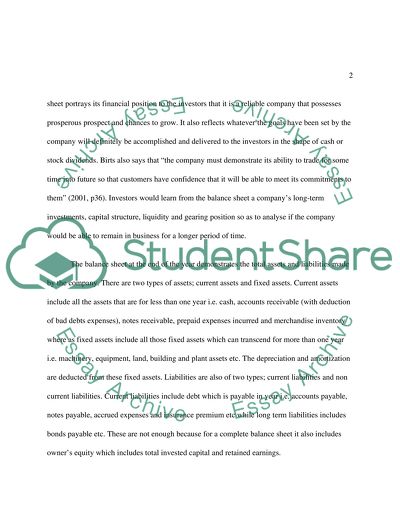Cite this document
(“Balance sheet Essay Example | Topics and Well Written Essays - 1500 words”, n.d.)
Retrieved de https://studentshare.org/miscellaneous/1519793-balance-sheet
Retrieved de https://studentshare.org/miscellaneous/1519793-balance-sheet
(Balance Sheet Essay Example | Topics and Well Written Essays - 1500 Words)
https://studentshare.org/miscellaneous/1519793-balance-sheet.
https://studentshare.org/miscellaneous/1519793-balance-sheet.
“Balance Sheet Essay Example | Topics and Well Written Essays - 1500 Words”, n.d. https://studentshare.org/miscellaneous/1519793-balance-sheet.


